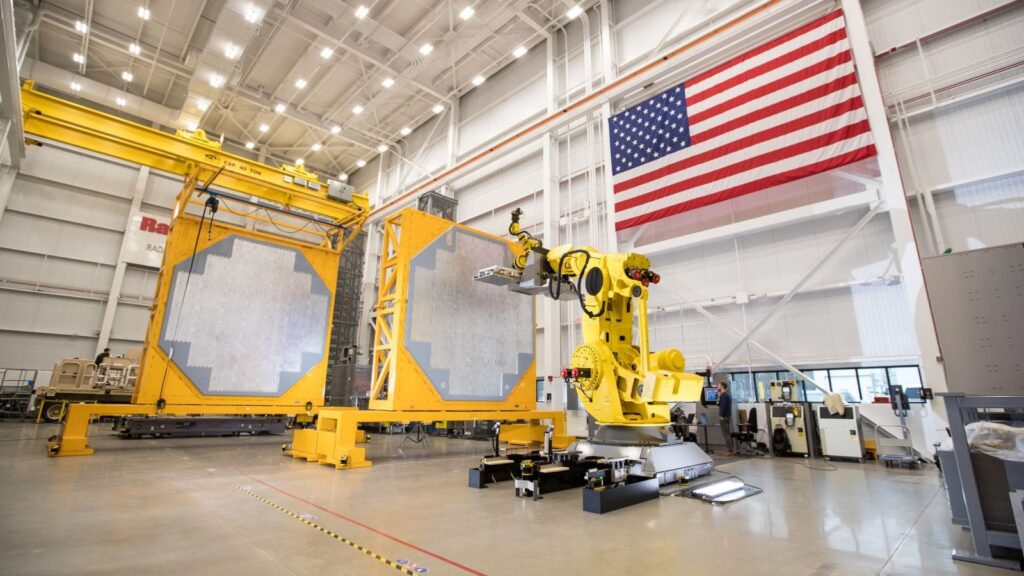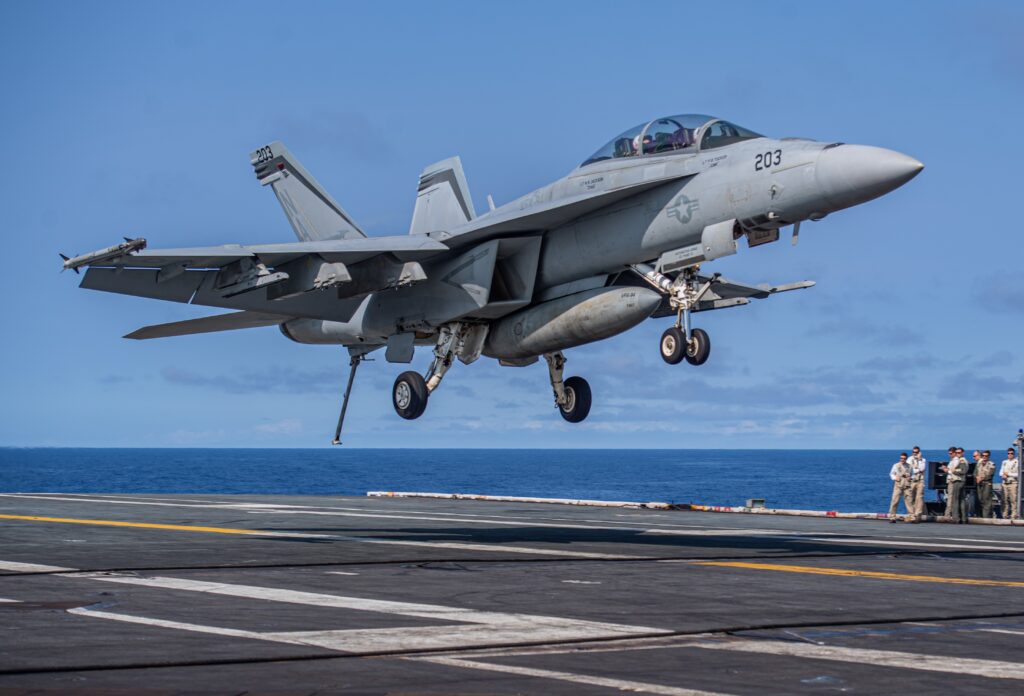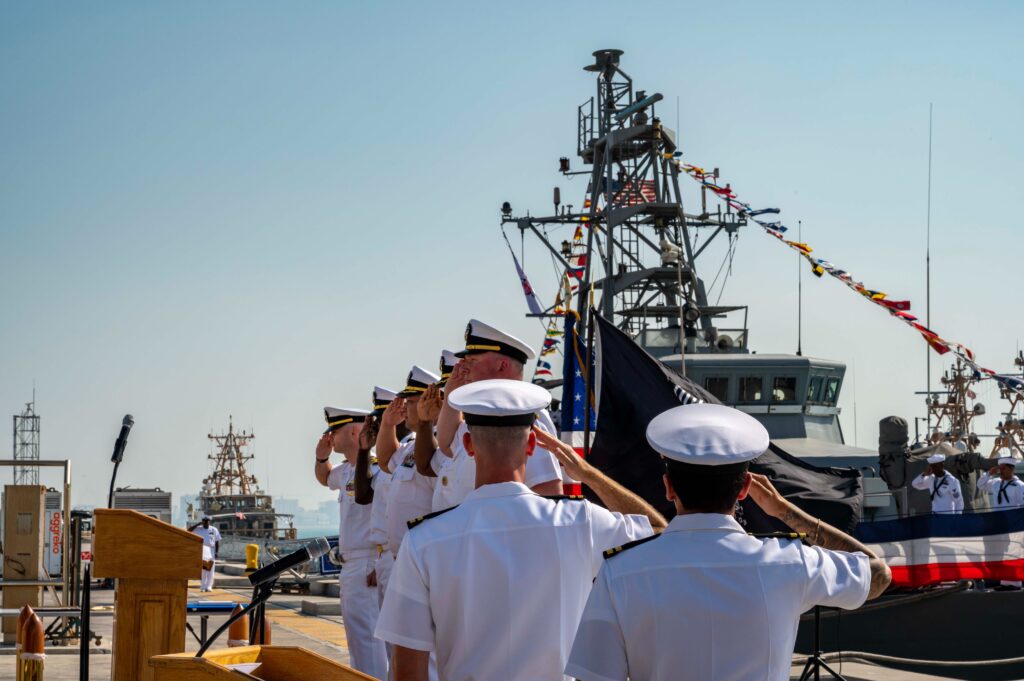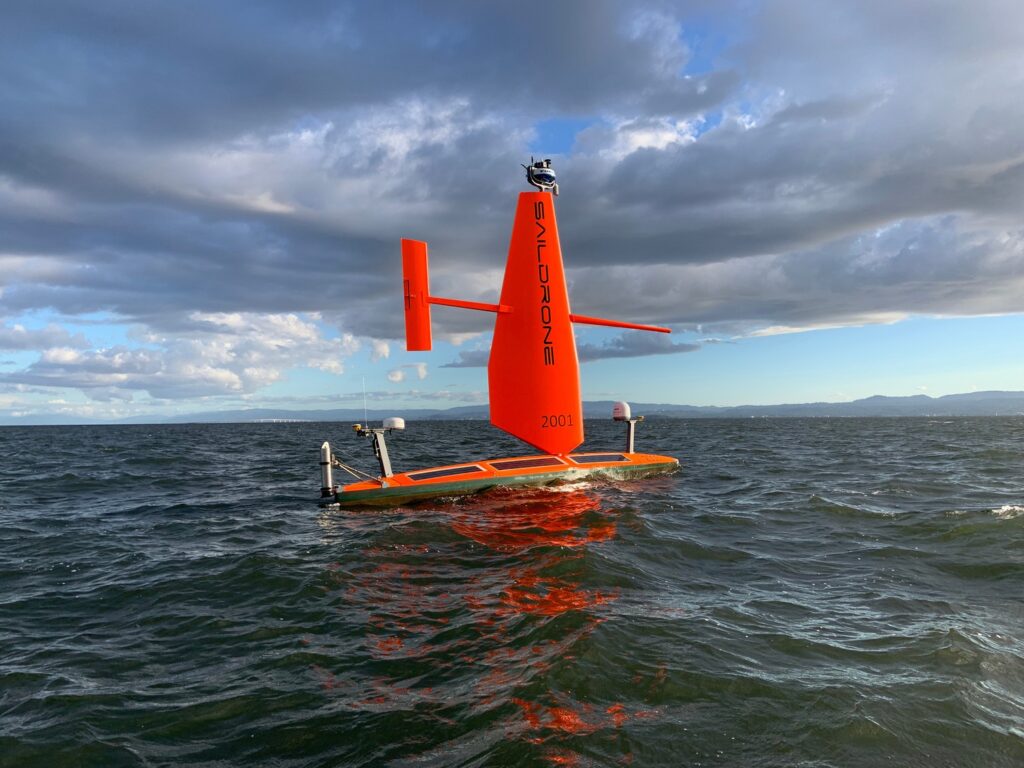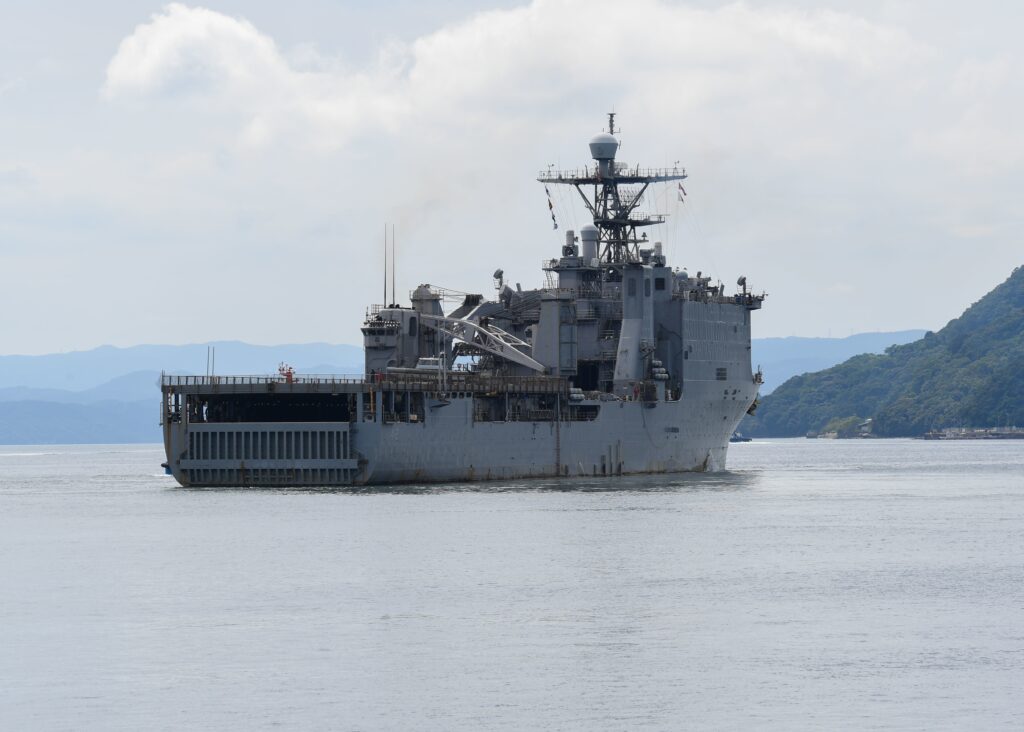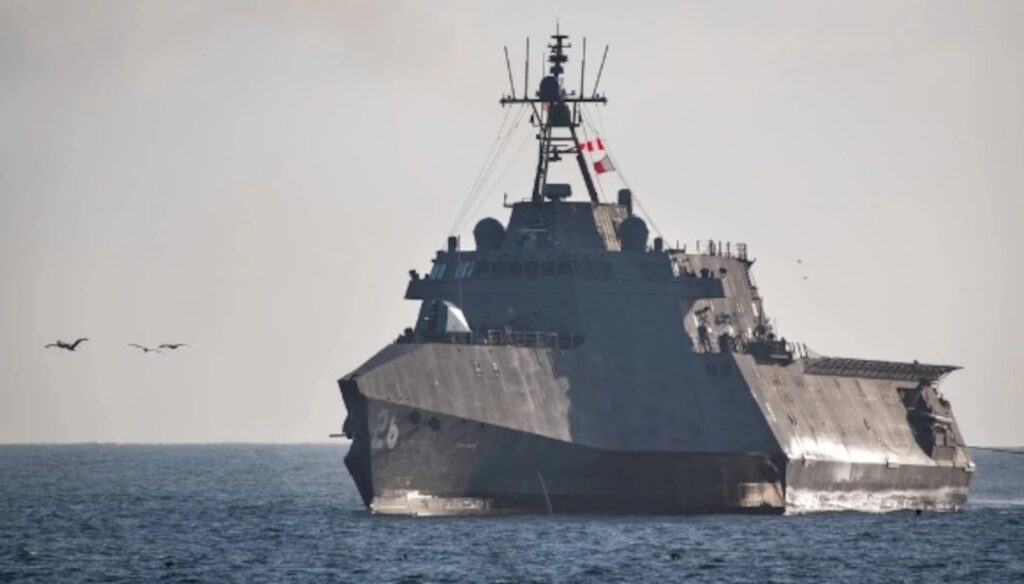Navy to Commission Future Littoral Combat USS Ship Santa Barbara
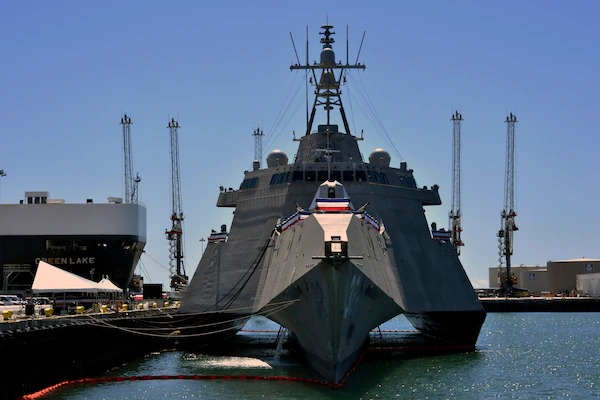
Release from the Department of the Navy
*****
MARCH 31, 2023
The Navy will commission the future USS Santa Barbara (LCS 32) as the newest Independence- variant littoral combat ship (LCS) during a 10:00 a.m. PST ceremony on Saturday, April 1, in Port Hueneme, Calif., near its namesake city.
The principal speaker is Admiral Samuel Paparo, Commander, U.S. Pacific Fleet. Additional speakers include the Honorable Julia Brownley, U.S. Representative, California’s 26th district; the Honorable Russell Rumbaugh, Assistant Secretary of the Navy, financial management and comptroller; the Honorable Randy Rowse, Mayor of Santa Barbara, Calif; Rear Adm. Casey Moton, program executive officer for unmanned and small combatants; and Mr. Larry Ryder, vice president of business development and external affairs for Austal USA. The ship’s sponsor is Mrs. Lolita Zinke, a Santa Barbara native and wife of the Honorable Ryan Zinke, U.S. Representative, Montana’s first district and former U.S. Interior Secretary.
“The city of Santa Barbara is rich in history, spanning hundreds of years of change and progress that make Santa Barbara an iconic location and a fitting name for LCS 32,” said Secretary of the Navy Carlos Del Toro. “During the second World War, it was home to a Marine Corps Air Station and a Naval Reserve Center. Today, many Veterans and their families continue to call Santa Barbara ‘home.’ Though our Navy and Marine Corps footprint is smaller than in decades past, the spirit of military service and connection with the city of Santa Barbara remains strong.”
LCS 32 is the third United States ship to bear the name Santa Barbara. The first Santa Barbara was a single-screw steel freighter built in 1916 by William Cramp and Sons of Philadelphia. Ordered and taken over by the Navy on February 1, 1918 from the Atlantic & Pacific Steamship Co. of New York, it was commissioned there on April 15, 1918. The second Santa Barbara, a Kilauea-class ammunition ship, was laid down on December 30, 1966 by the Bethlehem Steel Corp., Sparrows Point, MD, launched on January 23, 1968, and commissioned on July 11, 1970.
The LCS class consists of two variants, the Freedom and the Independence, designed and built by two industry teams. Austal USA leads the Independence-variant team in Mobile, Al., for LCS 6 and the subsequent even-numbered hulls, including the future USS Santa Barbara. Lockheed Martin leads the Freedom-variant team, the odd-numbered hulls, in Marinette, Wis.
Littoral Combat Ships are fast, optimally-manned, mission-tailored surface combatants that operate in near-shore and open-ocean environments, winning against 21st-century coastal threats. LCS integrate with joint, combined, manned and unmanned teams to support forward-presence, maritime security, sea control and deterrence missions around the globe.
USS Santa Barbara is homeported at Naval Base San Diego.
The ceremony will be live streamed at: www.dvidshub.net/webcast/31155. The link becomes active approximately ten minutes prior to the event (9:50 a.m. EST).
Media may direct queries to the Navy Office of Information at (703) 697-5342. More information on the Littoral Combat Ship Program can be found at: https://www.navy.mil/Resources/Fact-Files/Display-FactFiles/Article/2171607/littoral-combat-ship-class-lcs/
